THE SAVAGE SKY
Other titles in the Stackpole Military History Series
THE AMERICAN CIVIL WAR
Cavalry Raids of the Civil War
Piekett's Charge
Witness to Gettysburg
WORLD WAR II
Armor Battles n/the Waffen SS, 1943-45
Australian Commandos
The B-24 in China
Backwater War
Beyond the Beachhead
The Brandenburger Commandos
Bringing the Thunder
Coast Watching in World War /I
Colossal Cracks
D-Dav to Berlin
Exit Rommel
Flying Arnerican Combat Aircraft of World War II
1 ist Jiom the Sky
Forging the Thunderbolt
The German Defeat in the last, 1944-45
Germany's Panzer Arm in World War II
Grenadiers
In/antrv Aces
Iron Arm
Lu/twaffe Ares
Messersrhmitts over Sicily
Michael Wittmann, Volume One
Michael Wittmann, 11olrnne Two
The Nazi Rocketeers
On the Canal
Packs On!
Panzer Aces
Panzer Aces II
The Panzer Legions
Retreat to the Reich
A Soldier in the Cockpit
Surviving Bataan and Beyond
The 121h SS, Volume One
The 121h SS, Volume Two
Tigers in the Mud
THE COLD WAR / VIETNAM
Hying American Combat Airrra/t: The Cold War
Land with No .Sun
Street without Joy
WARS OF THE MIDDLE EAST
Never-Ending Conflict
OTHER
Desert Battles
THE SAVAGE SKY
Life and Death on a Bomber
over Germany in 1944
George Webster



Table of Contents
.................................... vii
Chapter 2 ............................. 11
Chapter 3 .......................... 22
Chapter 4 ................. 28
Chapter 5 .................................. 36
Chapter 6 .................................. 46
Chapter 7 .................... 58
Chapter 8 ................................... 65
Chapter 9 ..................................... 70
Chapter 10 ............................ 76
Chapter 11 ..................................... 80
Chapter 12 ............................ 91
Chapter 13 ............................. 96
Chapter 14 ...................... 102
Chapter 15 .............. 121
Chapter 16 ........................ 127
Chapter 17 ......................... 134
Chapter 18 ............................ 138
Chapter 19 ...................... 144
Chapter 20 ................................. 148
Chapter 21 ......................... 154
Chapter 22 ........... 165
Chapter 23 ............................. 170
Chapter 24 ......................... 174
Chapter 25 ......... 180
Chapter 26 ......................... 186
Chapter 27 ................. 191
Chapter 28 ........................ 196
Chapter 29 ........................... 209
Chapter 30 ................................. 220
................................ 233
Preface
 magine being blasted by a 170-mile-per-hour gale at 53 degrees below zero. You are 30,000 feet above the earth-higher than Mount Everest-in an open airplane. An electrically heated suit and an oxygen mask keep you alive, but the ice formed by your breath clogs your oxygen mask and makes you gasp for air. Exposed skin freezes instantly. Altitude sickness threatens to suffocate you. Exertion at this altitude doubles you over with agonizing cramps. And someone is trying to kill you.
magine being blasted by a 170-mile-per-hour gale at 53 degrees below zero. You are 30,000 feet above the earth-higher than Mount Everest-in an open airplane. An electrically heated suit and an oxygen mask keep you alive, but the ice formed by your breath clogs your oxygen mask and makes you gasp for air. Exposed skin freezes instantly. Altitude sickness threatens to suffocate you. Exertion at this altitude doubles you over with agonizing cramps. And someone is trying to kill you.
These were perils faced by crews on B-17F bombers flying over Germany in World War II. The B-17F had open ports in its fuselage that allowed it below-zero gale to howl through much of the plane. Crew members froze to death or lost fingers, toes, feet, and hands to freezing. Others died from lack of oxygen or from altitude sickness. Still others went insane from fear and the knowledge that they had little chance of survival. All of this occurred before hordes of German fighter planes and barrages of antiaircraft shells killed or mutilated bomber crews by the hundreds.
The following pages take you with me on flights over Germany in the winter and spring of 1944, a period of bitter aerial combat in which the Allies destroyed much of the German Air Force prior to the Allied landings in France. We begin with a fearsome December crossing of the North Atlantic, in which our four-engine B-l7, out of fuel, lost in a violent storm, and without radio contact, barely reaches the Irish coast. We continue with four months of combat during which five members of my bomber's crew are killed and two are wounded. We end, after twenty-five missions, east of Berlin in a B-17 that is smashed and on fire from German fighter attacks. It has lost so much fuel that it has no chance of returning to England. Instead, it makes a tense flight northward across eastern Germany to crash-land in Sweden.
If flying over Germany was that had, why did we do it? Some volunteered for the glamour of flying-and the fact that girls got all giddy over a man wearing wings. For some, it was it feeling that nothing bad could happen (young men's immortality complex). The rest did it because they had no choice. Many gunners on bombers, including four on my B-17, were draftees.
I had no interest in flying. Full of patriotism, I volunteered for Air Force Officer Candidate School in the hope that my scientific training would help my country. But clerical error and high losses of bomber crews diverted me to become a replacement for a dead flyer. I loved my country, but I didn't volunteer to die for it. General George Patton, whom I regard as the greatest American general of the twentieth century, put it well when he told his men, "It's not your job to be the poor son of 'a bitch who dies for his country. Your job is to make the other poor son of a hitch die for his country."
In addition to giving you an account of a brief period in history that was both thrilling and terrifying, I have another reason for writing. World War II was the supreme event of the twentieth century. It was the greatest war in history, killing millions and causing unimaginable suffering. Now most of those who fought in it are gone, and its brutality fades behind us down the corridor of time. But we must never forget the horror of war, whether on land, on the sea, or in the air. National leaders must be extremely careful about decisions that send young men and women to their deaths. War is not cool. It is fire and blood and death and terror and hopeless despair. General Sherman is reported to have said, "War is hell." He was right. War is worse than your worst nightmare.

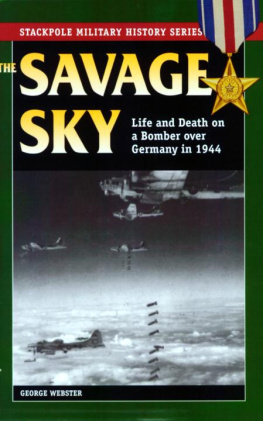
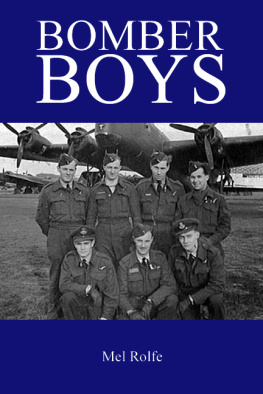

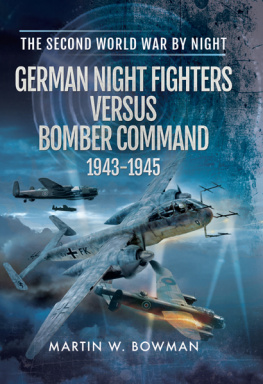
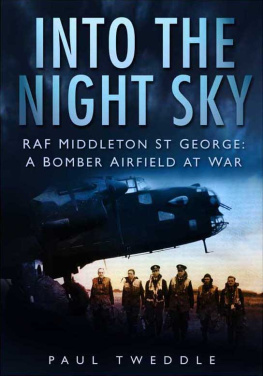
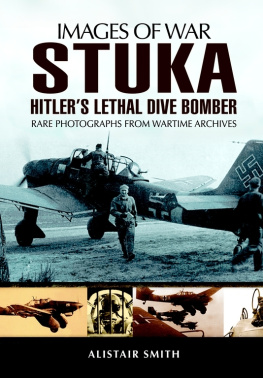
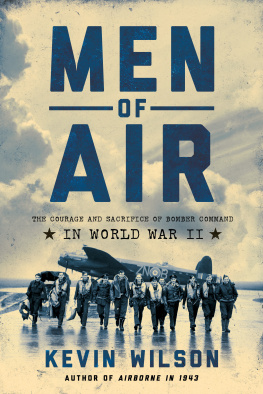


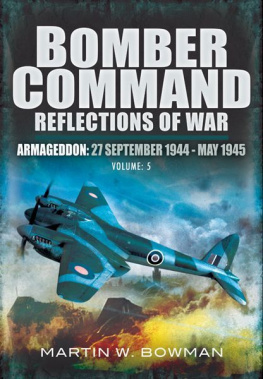
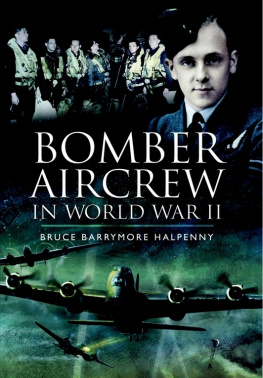
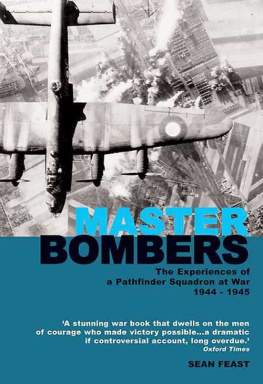
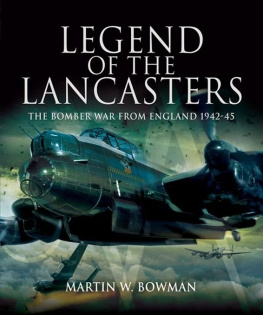






 magine being blasted by a 170-mile-per-hour gale at 53 degrees below zero. You are 30,000 feet above the earth-higher than Mount Everest-in an open airplane. An electrically heated suit and an oxygen mask keep you alive, but the ice formed by your breath clogs your oxygen mask and makes you gasp for air. Exposed skin freezes instantly. Altitude sickness threatens to suffocate you. Exertion at this altitude doubles you over with agonizing cramps. And someone is trying to kill you.
magine being blasted by a 170-mile-per-hour gale at 53 degrees below zero. You are 30,000 feet above the earth-higher than Mount Everest-in an open airplane. An electrically heated suit and an oxygen mask keep you alive, but the ice formed by your breath clogs your oxygen mask and makes you gasp for air. Exposed skin freezes instantly. Altitude sickness threatens to suffocate you. Exertion at this altitude doubles you over with agonizing cramps. And someone is trying to kill you.